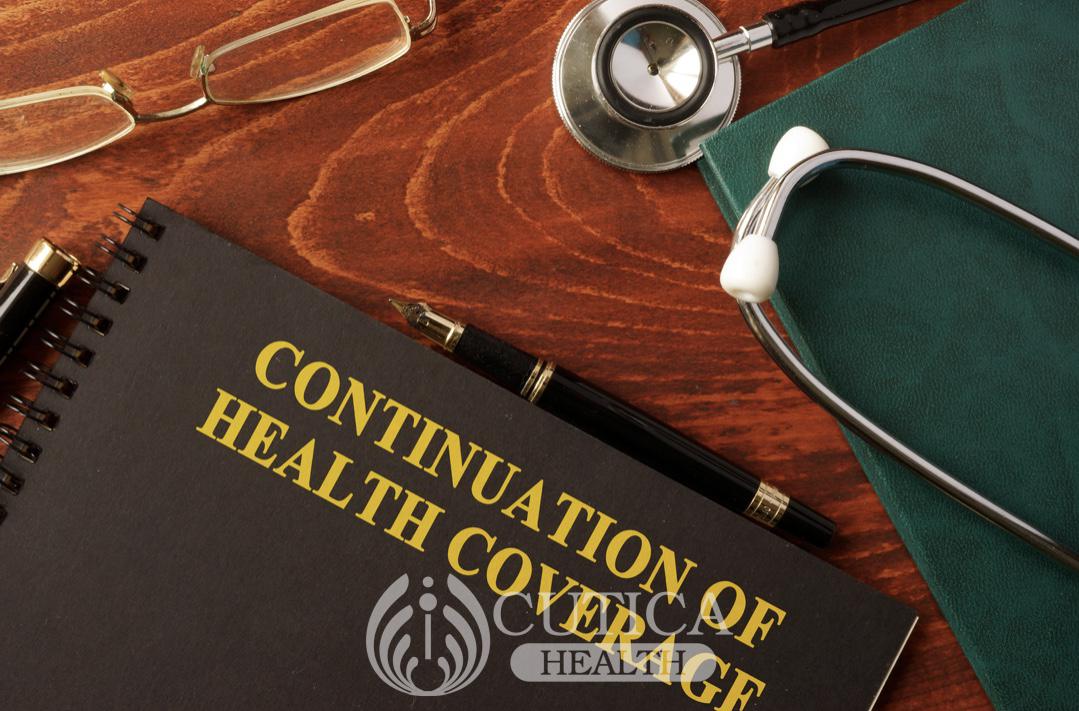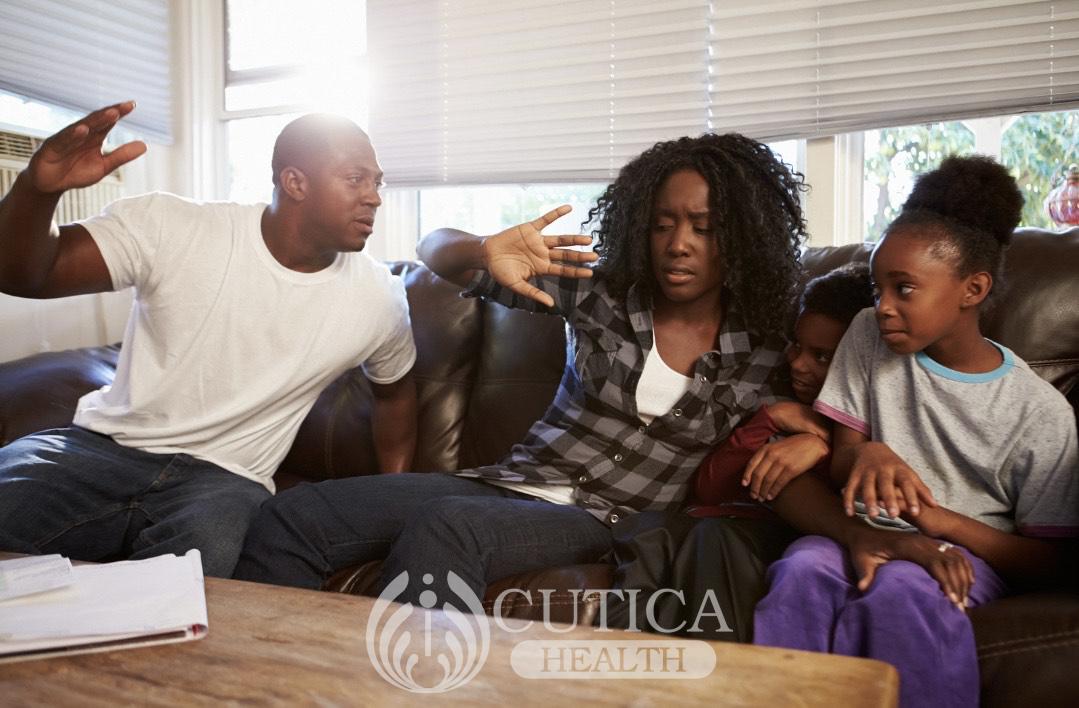
“This was the fourth time Ada’s husband had beat her this month. She had a broken arm and two bruised ribs. But she knew he didn’t mean it, he had promised her that he was going to change. He didn’t until Ada lost her life.”
Dealing with an abusive relationship is never easy and deciding what to do can be difficult for the victim. Abuse takes many forms: verbal, sexual, emotional, physical or all of these. You might be in an abusive relationship if your partner:
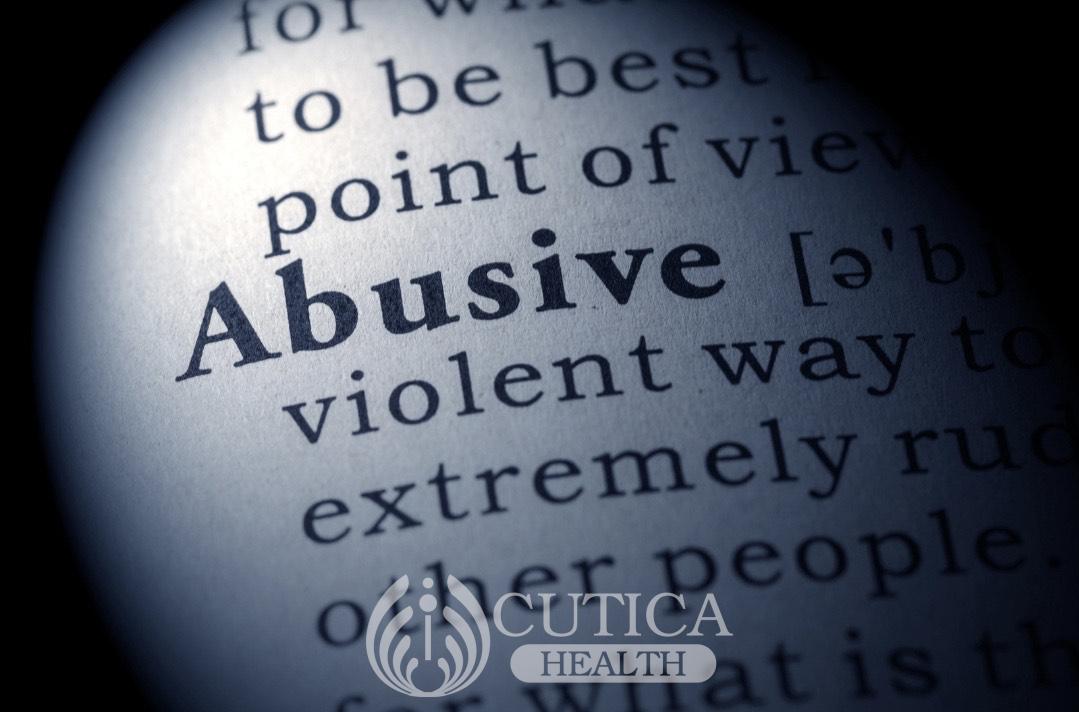
- Physically harms you by hitting or shoving or threatening to harm you if you leave
- Is sexually violent: forces you into sexual acts
- Is controlling: tries to control your dressing, your friendships, your online activity, and your social life
- Uses threats and manipulations to make you stay in the relationship
- Is verbally abusive (even on social media)
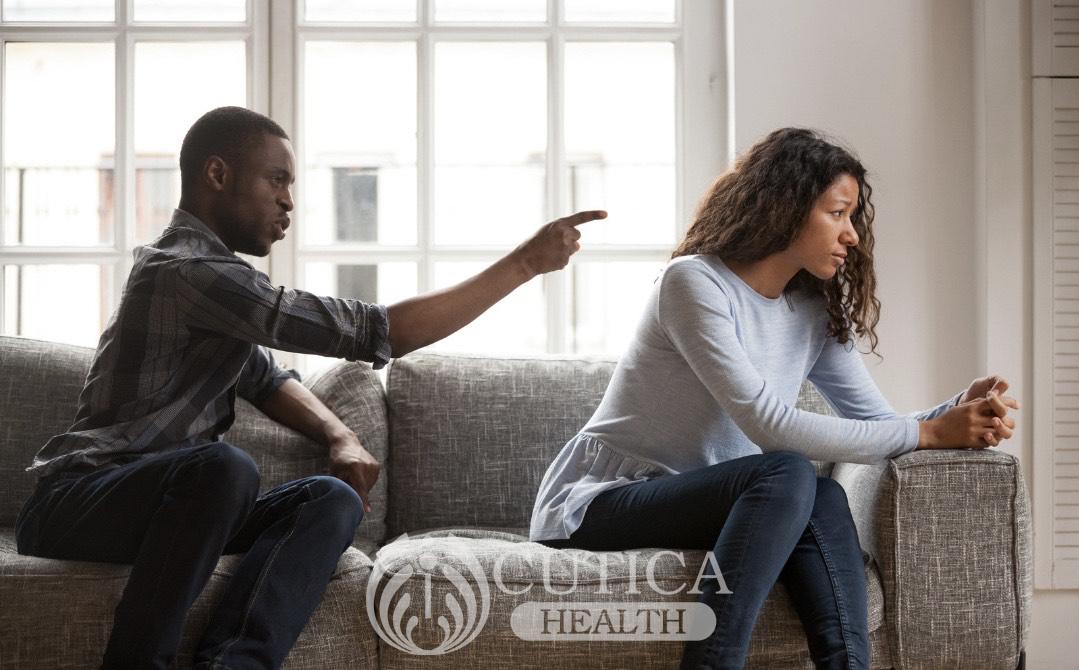
- Is very suspicious and jealous
- Lacks empathy and constantly blames you and other people for their actions.
- Punishes you with the silent treatment, withholding things, anger or doing things that they know hurts you
- Has sudden mood swings such as being loving to angry in a few seconds
Abusive behavior tends to start small and escalates over time. Often, the victim blames themselves for their partner’s actions, believing that their actions might be triggering the abuse.
If you find yourself in an abusive relationship, here are a few things you can do:
Leave
This is the first and most obvious advice if you are dealing with an abusive relationship. If you have supportive family or friends to stay with, leave your abuser as soon as possible. Explain the situation to them, so they don’t let them into their houses. If this option is unavailable, do your research; find domestic violence shelters where you can stay. These shelters are open to abused victims and their children and their location is confidential to ensure the safety of the person. These shelters can also help you access legal help, financial aid, support groups, employment opportunities, and trauma therapy.
Stop believing that they will change
The idea that their actions are temporary and they will change soon is a false one. In most cases, the abuse will continue and might end in death. Abuse is about having power over another person; abusers rarely take responsibility for their actions or accept their faults. While a change in behavior can occur, it will take time, therapy and the abuser taking responsibility for their behavior instead of blaming you/others.
Be conscious of the red flags
Usually, there are signs and tells that your abuser will display before they go off. Learn these tells and use them as clues to protect yourself. Once you notice these signs, find a way to get away, stay hidden or ask for help.
Have a secret code
It is very helpful to have a signal, phrase, sentence or word that indicates that you are in danger. Share this code with friends or neighbors you trust, your children and family members. Also, put in place a plan of action to be carried out after the code is used. Memorize your emergency contacts such as the police, violence helplines, friends, etc. If you have kids, have them memorize these numbers too.
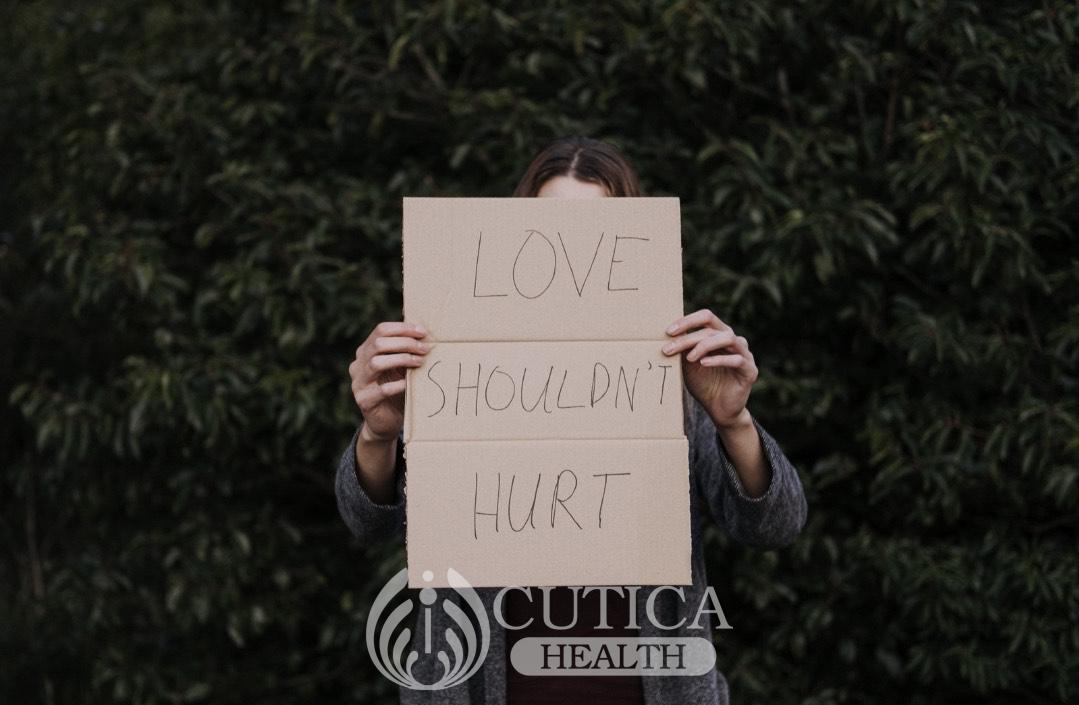
Stop Abuse Today

Abuse is a difficult and traumatizing thing to go through, even after leaving your abuser, the scars often remain. Trauma therapy can help you deal with the stress from the relationship. Additionally, learning assertiveness and ways to build your self-esteem can help you avoid similar situations in future relationships. Remember to look out for red flags at the start of the relationship before you become too attached.










